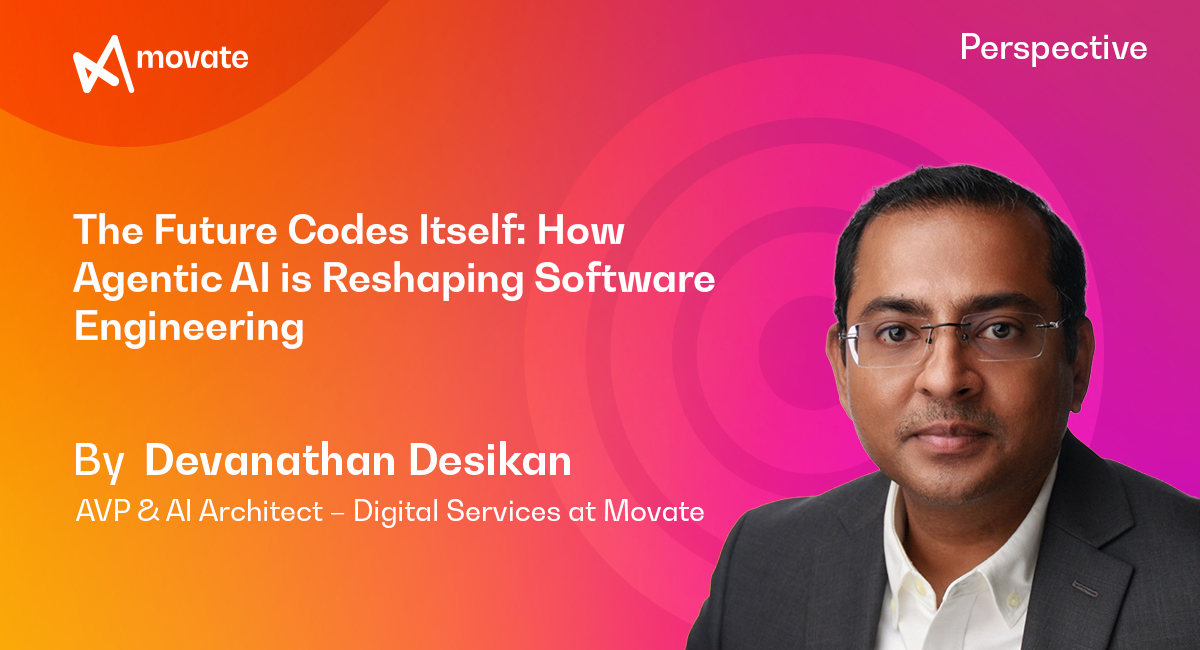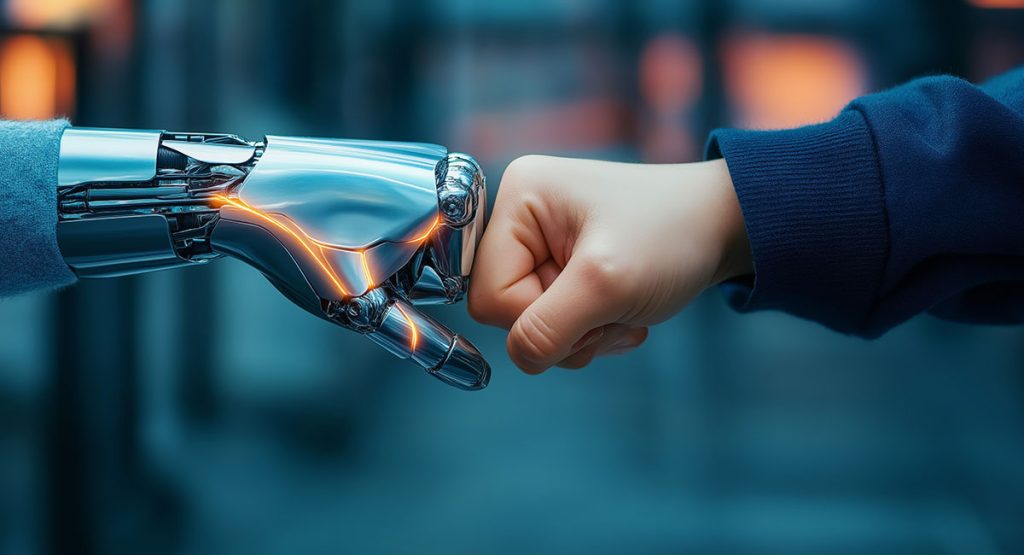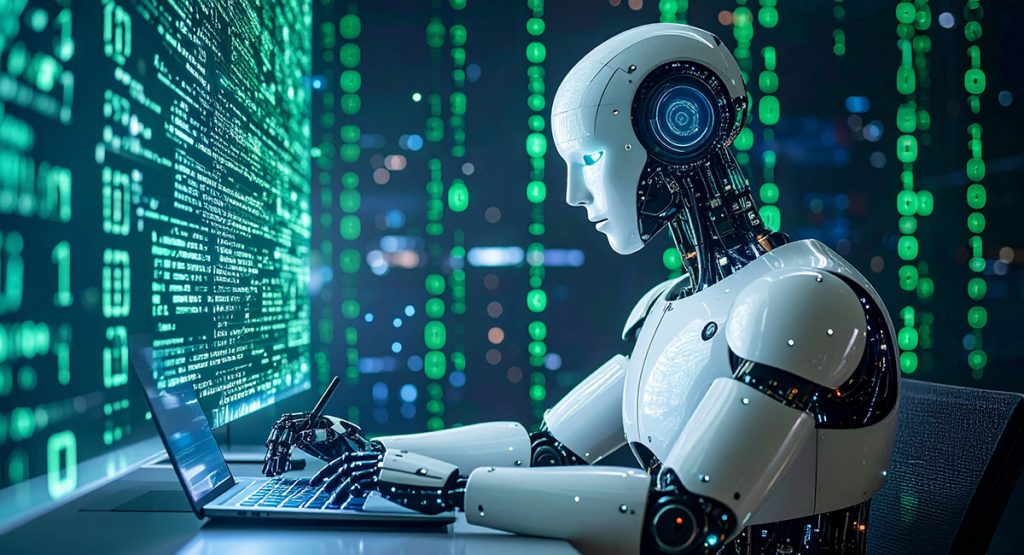
Introduction: The Dawn of Autonomous Software Creation
We stand at the precipice of a fundamental transformation in how software is conceived, built, and delivered. The traditional software delivery lifecycle, once a rigid sequence of human-driven phases, is evolving into an intelligent, self-orchestrating ecosystem powered by AI agents. This is not just another incremental improvement; it is a paradigm shift that redefines the very essence of software engineering.
As enterprises grapple with complexity, accelerating market demands, and the shortage of skilled developers, AI agents emerge not as mere tools, but as collaborative partners capable of autonomous decision-making, creative problem-solving, and continuous learning. The question is no longer whether AI will transform software delivery, but how quickly organizations can adapt to harness its power.
Setting the Stage: From Automation to Autonomy
The journey to AI-led delivery is a leap from rule-based automation to intelligent autonomy. Where conventional CI/CD pipelines follow fixed scripts, today’s AI agents analyze, learn, and adapt in real time. They do not just execute tasks; they understand context, anticipate problems, and propose solutions.
Consider the evolution: Yesterday’s developers wrote code. Today’s developers collaborated with AI to architect solutions. Tomorrow’s developers will orchestrate swarms of specialized AI agents, each expert in its domain, delivering software at speeds and scales once unimaginable.
Part 1: The Rise of Agentic AI in Software Delivery
Redefining Every Phase of Engineering
AI agents are not simply augmenting existing processes; they are reimagining them. In requirements gathering, natural language processing agents now translate stakeholder conversations into technical specifications. During design, AI architects generate multiple solution patterns, evaluating trade-offs across performance, cost, and maintainability dimensions in days rather than weeks.
Revolutionary What-If Scenarios
- What if your codebase could heal itself? AI agents monitor production, detect anomalies, trace them back, generate fixes, test them in sandboxed environments, and deploy patches, all automatically.
- What if technical debt paid itself down? AI agents refactor legacy code, update dependencies, and optimize queries, submitting pull requests with tests and benchmarks.
- What if every developer had a personal AI mentor? Junior developers gain real-time feedback, best practices, and personalized learning paths, turning every review into a growth opportunity.
The New DevSecOps Paradigm
- Predictive Security Orchestration: AI agents predict vulnerabilities, scan entire codebases against global threat intelligence, and deploy countermeasures instantly.
- Intelligent Release Management: Agents orchestrate deployments using real-time sentiment, performance, and KPI analysis, rolling back or adjusting releases seamlessly.
- Autonomous Incident Response: When failures occur, AI agents correlate logs, find root causes, fix issues, and generate role-specific summaries for executives and engineers alike.

Part 2: Context Engineering – The Hidden Foundation of AI Excellence
The Power of Correlated Knowledge Graphs
Context Engineering emerges as the discipline of structuring organizational knowledge into correlated graphs that AI agents can traverse and understand.
A well-designed knowledge graph creates a multidimensional understanding where every piece of information is contextualized by its relationships to everything else. Your code commits are connected to user stories, which link to application feature, which correlate with business objectives, creating a tapestry of insight that AI agents can navigate with purpose.
Building Ontologies for AI Understanding
Ontologies define not only what things are, but how they relate and why they matter. Ontologies transform knowledge graphs from passive data storage into active intelligence systems that understand not just the facts, but their meaning, implications, and context within your organization’s unique ecosystem. A software delivery ontology may specify:
- Entities: Developers, code modules, test suites, deployment environments, business features
- Relationships: “depends on,” “authored by,” “tests,” “deploys to”
- Rules: “Critical features require senior review” or “Security modules trigger automated penetration testing”
- Context: Historical performance data, team expertise, business priorities
This structured knowledge enables AI agents to make decisions that align with organizational values and constraints. Each decision point is informed by the path already traveled and the destination ahead, ensuring that local optimizations do not compromise global objectives.
Part 3: The Paradigm Shift: From Productivity to Quality Metrics
Traditional metrics, lines of code, story points, and deployment frequency. lose relevance when AI can generate and deploy code autonomously. New quality-focused measures emerge:
The New Quality Paradigm:
- Outcome Velocity: Instead of measuring how fast we build, we measure how quickly we deliver business value.
- Resilience Score: Not uptime, but the system’s ability to self-heal and adapt to unexpected conditions.
- Innovation Index: The ratio of time spent on novel solutions versus repetitive tasks.
- Technical Health Score: A composite metric combining code quality, security posture, and architectural fitness.
- Customer Impact Quotient: Direct correlation between code changes and user satisfaction metrics
Organizations are discovering that when AI oversees the quantity, humans can focus on quality. Developers become architects of experience, designers of intelligence, and curators of innovation. The metric that matters is not how much code you write, but how elegantly you solve problems and how effectively you leverage AI capabilities.

Conclusion: Embracing the Autonomous Future
The transformation to AI-led software delivery is not a distant future, it is happening now. Organizations that embrace this shift will find themselves capable of delivering software at unprecedented speed and quality to define the next era of digital innovation.
The journey requires more than just adopting new tools; it demands a fundamental rethinking of processes, roles, and metrics. It requires building robust context engineering frameworks that enable AI agents to understand and navigate enterprise complexity.
The AI revolution in software delivery is here. The choice is whether to lead, follow, or be left behind.
About the author

Devanathan Desikan (Deva) serves as AVP & AI Architect – Digital Services at Movate, where he leads AI-driven offerings for the software delivery lifecycle, delivering impactful AI and engineering interventions. With over 21 years of experience in strategic positions across key IT functions, he has driven capabilities and solutions in Enterprise AI, software and quality engineering, data & analytics, and product management for AI-led platforms and solutions, as well as global technology office initiatives. Deva holds several patents for his innovations in AI
